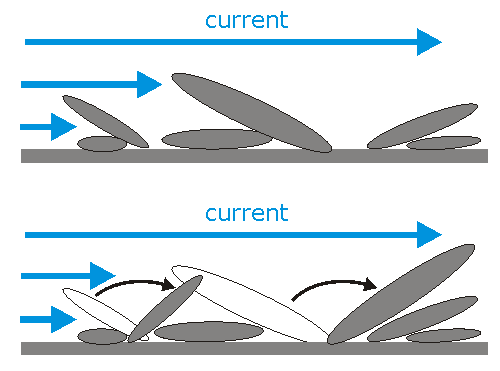
Did you know that any steel forged since 1945 is mildly radioactive? This is the result of isotopes that we’ve introduced into the atmosphere, after we decided to play with our new nuclear bombs by detonating as many of them as we could get away with in ‘tests’ (“Yes, that one destroyed everything for miles around too! Still plenty of Pacific atolls to vaporise, though. Tee-hee!”). As a result, for some applications, such as making sensitive measurements of radioactivity (for example, shielding whole body counters for measuring radioactive exposure), old steel is much better than new.
One of the best sources of this venerable and increasingly rare material is, bizarrely enough, sunken warships. A particularly good source is the sunken remnants of the German Imperial Fleet, which was interned at Scapa Flow in the Orkney Isles following the German surrender at the end of the WWI. Most of the ships were eventually scuttled by their German crews to keep them out of enemy hands, and although salavage and decay have taken their toll, there are still several large chunks of ‘pre-atomic’ steel within easy reach beneath the shallow waters of Scapa*.
The coolest thing of all, though, is that some of this steel is used in satellites and space probes. That’s right, the German Navy has made it into orbit – bits of it, anyway.
This interesting little titbit was brought to my attention courtesy of one of my Christmas presents: An Utterly Impartial History of Britain by John O’Farrell, which had me chuckling from start to finish as well as being extremely interesting. To give you an idea of the tone, the author ends the standard apologia for any errors left in the text being his own with:
My only defence is that these mistakes are fairly minor compared to the decision of the Scottish army to invade England during the Black Death.
Definitely my sort of book.
*One of my favorite whiskeys whiskys is also produced nearby.
(image source)







Nice plan for content warnings on Mastodon and the Fediverse. Now you need a Mastodon/Fediverse button on this blog.